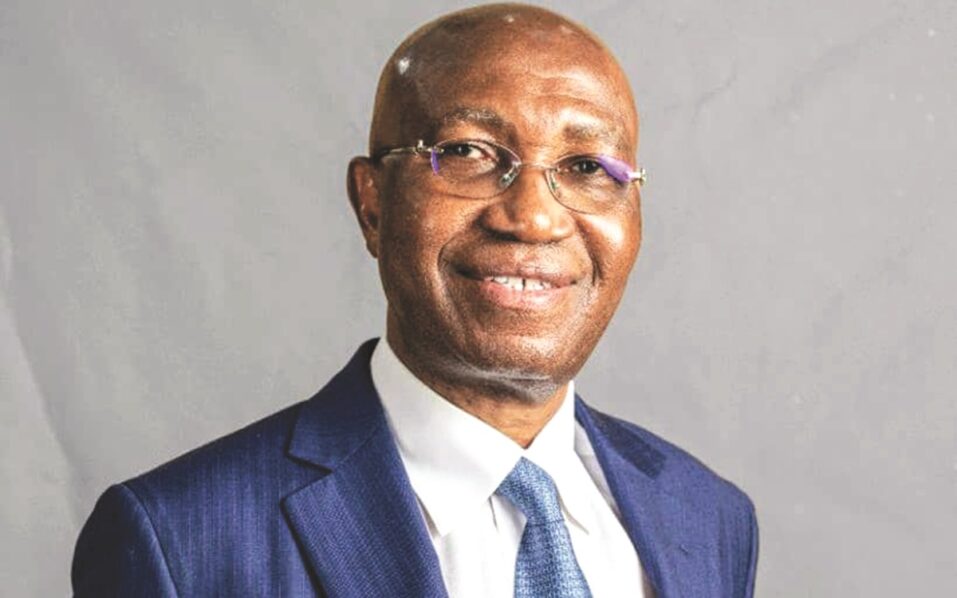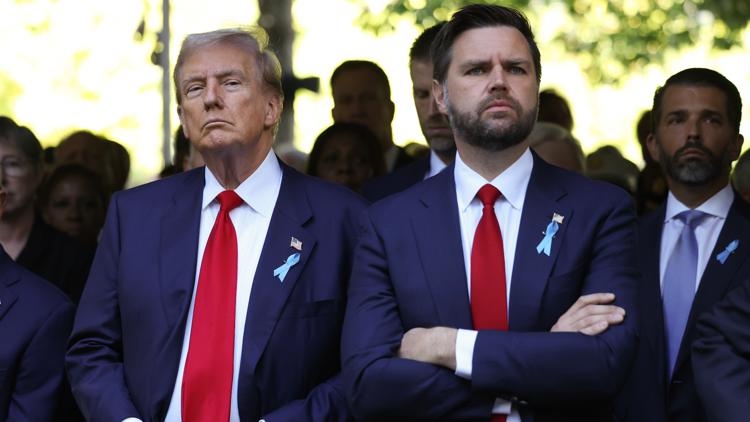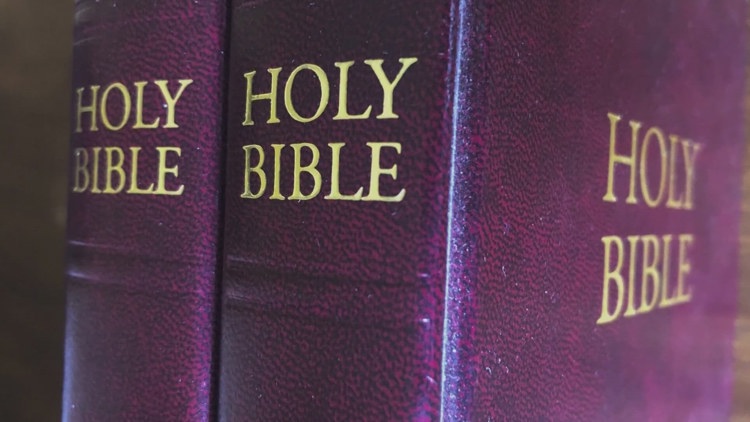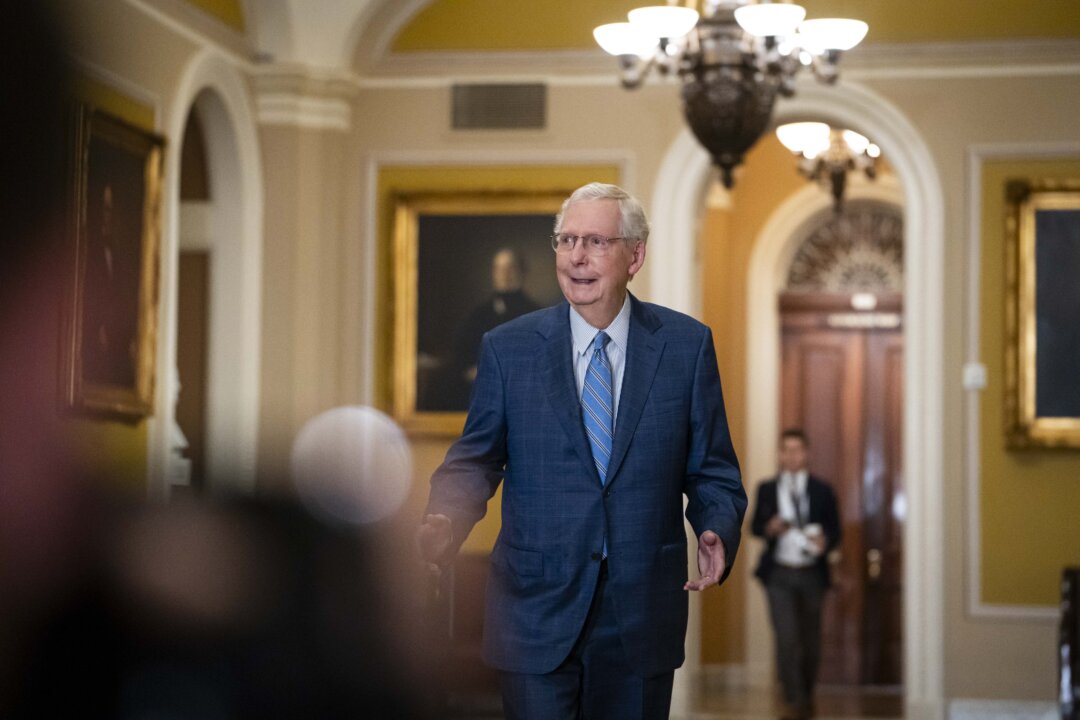
The world’s fifth largest economy, soon to become the third largest, has a capital city, which is the most polluted capital city in the world. Do you see a tragic contradiction in this juxtaposition? I don’t. I don’t because by now we will become the third-largest global economy due to our sheer geographical and population size, our survival instincts, and our innate entrepreneurial energy.
Where we are poised now, lurching along over decades, this promotion in economic ranking will take place by default. It is on autopilot. But when desegregated, what does it mean for the ordinary person who, for several months, year after year, struggles to breathe in our country? This is a generic question, equally applicable to many other unacceptable inequities that form the underbelly of our great hoarding: INDIA: FIFTH LARGEST ECONOMY OF THE WORLD.
There is a fatal difference between the quantum of collective output and the quality of per capita life. So, for instance, I was neither amused nor surprised when, in a leading newspaper, I recently saw a photograph of mechanized road sweepers and mobile water sprinklers majestically moving down Kartavya Path, earlier called Raj Path. On both sides of this royally wide boulevard are the extensive India Gate lawns, located at the heart of the underpopulated green oasis of Lutyens Delhi, where colonial bungalows gaze serenely at individual lawns of acres of carpeted grass, and a special municipal body, New Delhi Municipal Council (NDMC), is available 24/7 to take care of the rich and the powerful who have the good fortune to reside here.
Among these are also those who decide what to do to prevent other loyal citizens just outside this periphery of privilege from gasping for breath every year due to pollution. But this is cliched rhetoric, a jarring ‘left-liberal’ impediment to the unbounded optimism confidently exuded by the government day in and day out. Yes, extreme inequality is a fact that underpins our impressively growing GDP figures.
We all know that, so what is the point in repeating it and spoiling our image abroad? However, there are some things that are now nearing the point of being a threat to life due to criminal negligence by those empowered to preserve the lives of citizens who have elected them. The annual occurrence of the asphyxiating pollution phenomena in large parts of North India is a good example of this, and I do not make my accusation lightly. Many things can—and have—been forgiven, forgotten, or taken for granted by now in our Republic’s evolution.
But blatant insensitivity, unforgivable incompetence, and internecine political battles cannot, especially when on a predictably nightmarish basis they occur every year and send millions to hospitals, some to their graves, and leave a permanent mark of disability on the health of those who survive. In Delhi, since 14 November, AQI has crossed 500, threatening the lives of senior citizens, stunting those of the young, leaving patients of asthma and other lung ailments gasping and clutching at inhalers or supplementary oxygen, and generally impacting the health of millions. What makes me so angry is that this is not a problem that is insurmountable or inevitable.
Every year, at this time, politicians express deep concern and promise citizens that steps will be taken to ensure it does not happen again. But ultimately, all that really happens is that the NDA government at the centre blames the Aam Aadmi Party (AAP) in power in Delhi and in Punjab, and vice versa. No enduring, holistic, or institutional steps are taken as promised, and nothing substantial or effective is done until this year’s pollution is already upon us.
The causes for this annual crisis require the central government to draw up an implementable plan, months in advance, with the participation of the state governments of Delhi, UP, Rajasthan, Haryana, and Punjab, and of proven experts in this area, along with requisite funding and the courage to experiment with new technologies, including cloud seeding, so that the perennial issues of dust pollution, toxic vehicular emissions, industrial pollutants, and parali burning in neighbouring states, especially in Punjab, can be handled collectively and efficaciously. However, such is the temptation of scoring brownie points against rival governments of states and the centre, and so great the myopia of blame-game politics, that nothing ever really gets done as a lasting solution. So, we are back to the same choking square one once again this year.
Public Interest Litigations (PILs) are filed every year; every year, the Supreme Court comes down heavily against this callousness. But to no avail. We may proudly be preparing to send a human being to the moon, but if we see the haze of smog and toxic air hanging like a shroud over Delhi now, we have reason to wonder what we could do to the moon.
The rich somehow survive with air purifiers in every room; the poor have little option but to make their meals on wood fires; the farmers who burn paddy waste can be fined but will continue to do so if a viable alternative is not provided to them; dust will swirl if we don’t build good roads outside the VIP areas or prevent unauthorised concrete to smother whatever greenery is left; and vehicular pollution will continue until we seriously upgrade our public transport system. Meanwhile, dear citizens, try once more to survive this year, and wait for it to repeat itself next year, even as you gasp your way to the polling booths whenever elections take place. The author is a former diplomat, an author and a politician.
Views expressed in the above piece are personal and solely those of the author. They do not necessarily reflect Firstpost’s views..














